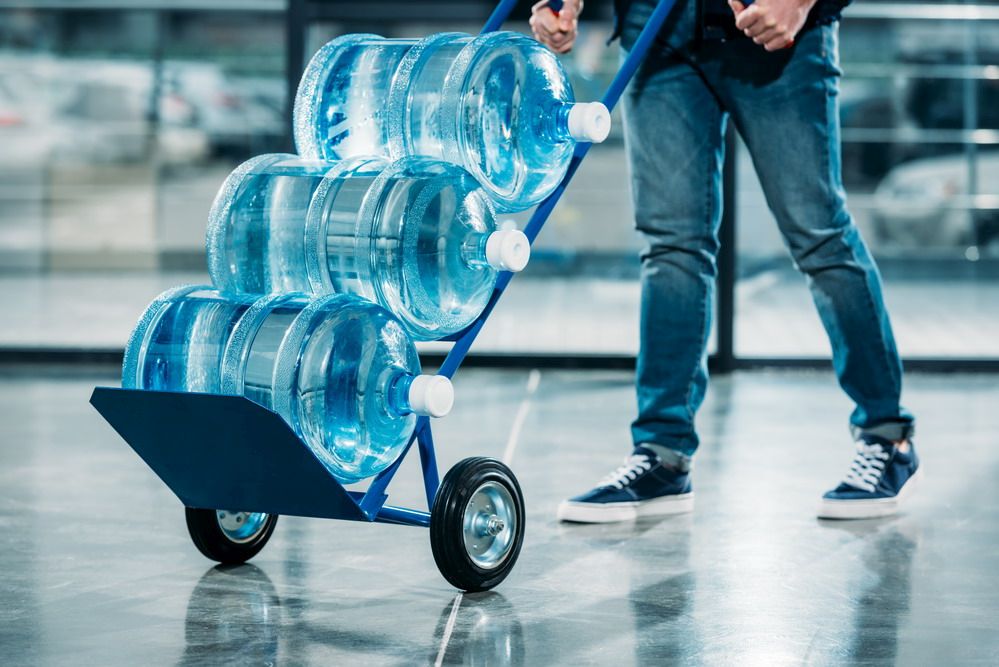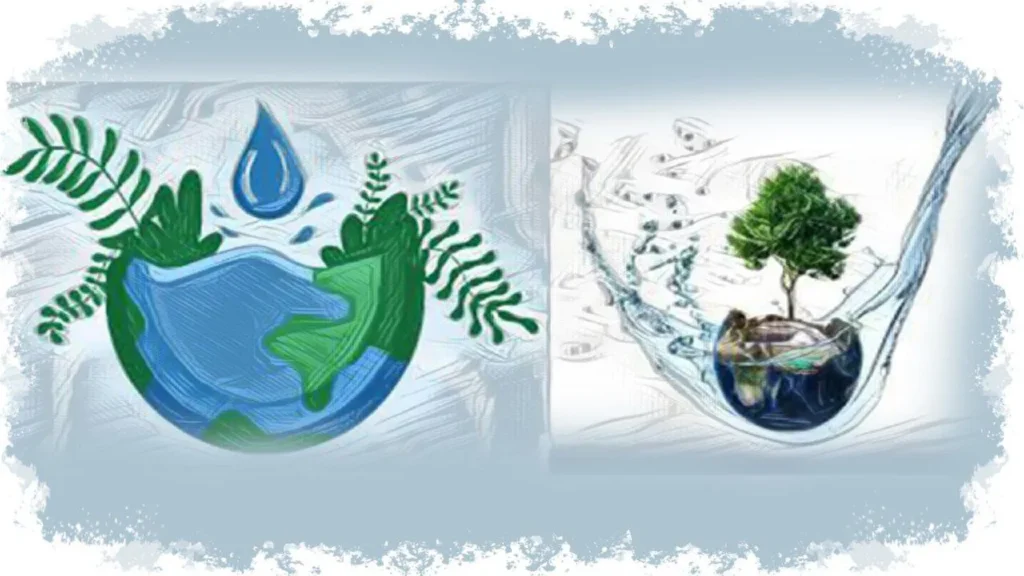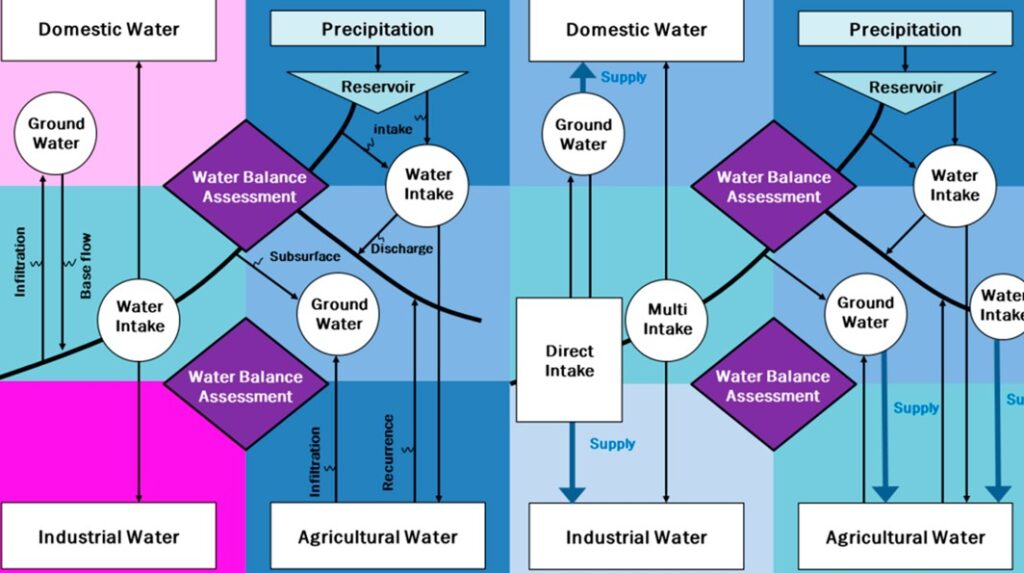
Running an enterprise relies on access to ample utilities sustaining daily operations; electricity keeps equipment and lights humming while water nurtures the people powering offices. Historically, companies depended solely on municipal pipelines to supply ongoing clean water. Nevertheless, aging infrastructure coupled with climate change and population growth increasingly strains community delivery capacity.
According to the people at Alive Water, establishing supplemental water access through sustainable water delivery services enables smart companies to control supply continuity, quality, usage insights, and even environmental friendliness when it comes to their essential water needs, promoting resiliency and community relations.
Table of Contents
How Sustainable Delivery Promotes Control

Source: gokulamseekias.com
Forward-looking enterprises commonly augment city lines by integrating specialized delivered water systems on site, including storage tanks regularly replenished by unstaffed vehicles hauling purified drinking water in sustainable, reusable multi-gallon bottles centralized for quality control.
Monitoring usage helps determine ideal delivery intervals and volumes matching actual consumption rather than estimates based on square footage or occupancy. This sustainably sourced backup water supply means companies manage continuity through the latest purification innovations along with responsive reorder adjustments that keep water flowing even as community infrastructure wanes or gets rationed seasonally.
Why Offsite-Managed Water Deliveries Work
There are compelling reasons to incorporate sustainable water delivery services:
Predictability
Water managers schedule predetermined volumes based on tracked usage so that reservoirs maintain adequate reserves. Usage analytics also allow tweaking delivery rates matching actual occupancy changes.
Responsiveness
Quarterly meetings to review usage data coupled with remote monitoring safeguards mean delivery plans rapidly adapt as company needs evolve rather than awaiting sluggish utility responses.
Savings
Though counterintuitive, the equipment durability, specialized treatment, and usage alignment of sustainable delivery can ultimately save on water expenses compared to increasing community utility payments.
How Sustainable Water Delivery Systems Function

Source: mdpi.com
Installing sustainable water delivery typically involves four key steps:
Site Evaluation
Technicians thoroughly survey the property to determine ideal tank sizing and placement, plus necessary plumbing logistics to integrate the tank with existing lines and fixtures throughout the facility.
Setup
Professionals properly locate and connect polyethylene or stainless steel tanks to designated access points inside the building along with leak prevention measures and an electric connection to enable remote fill monitoring.
Schedule Orders
Managers enroll in a delivery frequency matching historical usage, choosing from weekly, biweekly, or monthly options. Delivery dates align with site access restrictions and lower traffic periods.
Ongoing Sustainable Delivery
Trucks arrive on the predetermined date, safely transferring purified water into tanks through secure couplings until sensors indicate fullness, requiring no staff oversight. Monitoring devices automatically signal the distribution center when levels drop to resupply before tanks get critically low.
With scheduled sustainable replenishment established, companies can be confident water will remain flowing uninterrupted to kitchen and bathroom sinks, breakrooms, landscaping, and processes requiring ample clean water.
How Sustainable Delivery Improves Operations
Alongside sustaining crucial water access despite infrastructure uncertainty, sustainable delivery offers companies these additional advantages versus conventional reliance solely on variable public utility water:
- Enhanced purification minimizes employee illnesses from contaminants sometimes missed even in processed tap water.
- Delivery ordering works directly with the centralized water supplier instead of going through governmental bodies.
- Ability to specify tailored mineralization and filtration catering to regional personnel tastes or culinary programs.
- Building sustainable public image through cutting plastic waste from traditional office bottled water programs.
Conclusion
Running profitable, productive enterprises depends on consistent utility availability enabling smooth facility operations and keeping personnel present and safe. Smart companies hedge against infrastructure instability by installing secondary water reserves replenished through customized delivery sustainability. Prioritize your indispensable water access through specialized delivery partnerships tailored to your property’s daily demands. Your company’s future success likely flows through sustainably supplementing outdated regional water resources.







